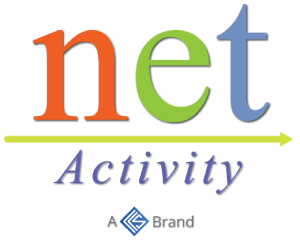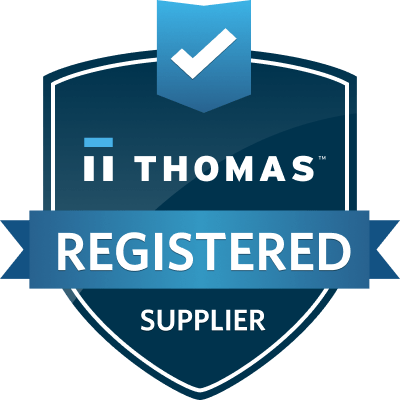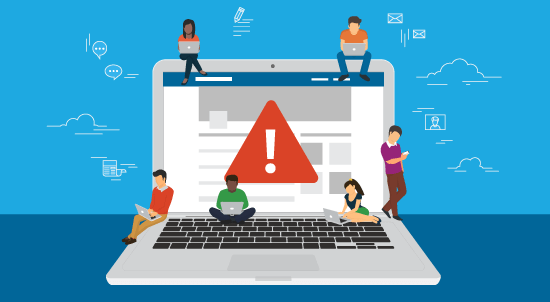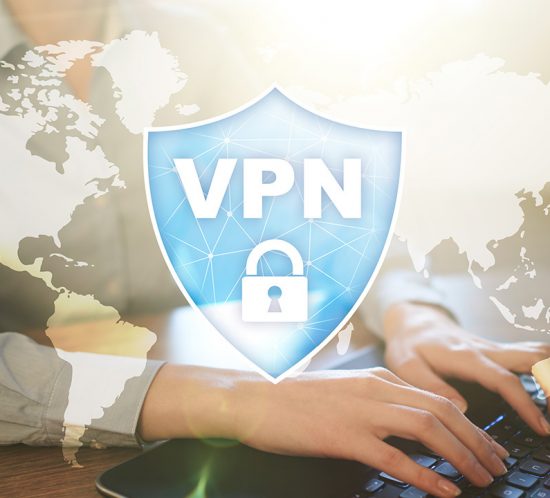Lost Employee Smartphone? 7 Steps You Need to Take Now
“Hey boss, I lost my smartphone.”
How well have you prepared for this moment? It will happen sooner or later. If your company has a plan in place, no big deal. If not, you may suddenly get that sinking feeling in your gut…And well you might. You now have three big worries:
Compliance Issues –If your employee had access to information covered by any number of regulations, your company could be subject to stiff penalties. One employer we know of wound up with a $900,000 fine.
Data Security –Sensitive company data in the wrong hands could spell disaster. Access to your network, secure sites, proprietary files, work-related e-mails and corporate secrets may now be out of your control. You must move quickly to prevent serious financial harm.
Employee Privacy and Property Concerns –If a valued employee had family photos and movies on the device, and you remotely delete all data on the phone, you may now have a disgruntled, or even uncooperative, employee. Especially if company policy regarding BYOD (bring your own device) and data loss were not clearly stated and agreed to up-front.
So how do you prevent a relatively minor incident from blowing up into a big problem? Here are seven smart measures you can take right now to prepare for the day an employee smartphone is lost or stolen:
- Install a mobile device management (MDM) system on any employee device to be used at work. This software can create a virtual wall separating work data from personal. It facilitates any security measures you wish to impose. And to protect employee privacy, it can limit company access to work data only.
- Determine which devices will be allowed and which types of company data people may access from them.
- Require that employees agree with an Acceptable Use Policy before they connect to your network. Make sure these include notice as to conditions in which company data may be “wiped” –i.e., destroyed. Also include specific policies regarding device inspection and removal of company records.
- Put strong data protection practices in place. Require use of hard-to-crack passwords and auto-locking after periods of inactivity. Establish protocols for reporting lost or stolen devices. Mandate antivirus and other protective software as well as regular backups.
- Designate someone at your company to authorize access to software and critical data. This person can also be your main point of contact for questions about BYOD policy and practices. It might also work well to distribute a resource page or FAQ document to your employees.
- Establish a standard protocol for what to do when a device is lost or stolen. Both Android and iOS phones have features that allow device owners to locate, lock and/or “wipe” all data on their phones. Make sure your policy requires that these features are set up in advance. Then, when a device is lost or stolen, your employee can be instructed to take appropriate action according to your protocol in order to protect company data.
- And finally, your best protection is to implement a well-crafted Acceptable Use/BYOD policy in advance. Develop it in partnership with risk management and operations personnel, as well as legal counsel and IT professionals, to come up with an effective and comprehensive plan.
Download a Mobile Device/Acceptable Use Policy Template here to get started.
Don’t risk waiting until an incident occurs! Begin the process with our template, and contact us anytime for help clarifying and developing a “bulletproof” policy to keep your data safe. Contact us today 216-503-5150.














